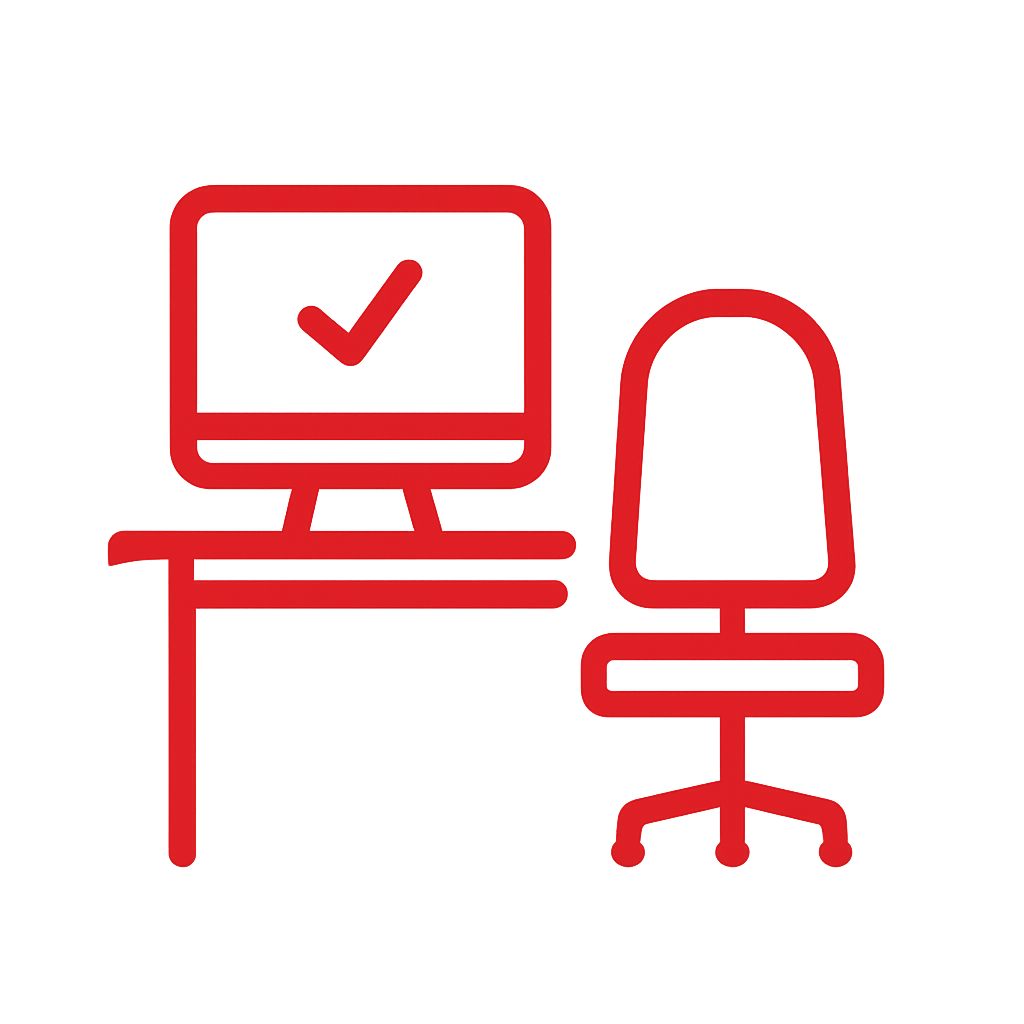NO MATTER YOUR VISION.
WE GUIDE YOU
WE GUIDE YOU
For over 30 years, Veldhoen + Company has developed and implemented new ways of working for forward-thinking organisations.
5 min read
Blog Title
Today, in times of Pandemic, all eyes are on the pharmaceutical organisations. They are the organisations who have the power to save us, returning us to a ‘normal life’ as quickly as possible. But their impact goes beyond public health, so we would like to shine more light on this industry. It is with great foresight that they implemented ‘new ways of working’ or ‘hybrid working’, long before the pandemic hit. These are organisations that lead the pack when it comes to effective remote working, improving collaboration in multidisciplinary teams, and leveraging data that informs them on organisational working patterns and preferences. So what can we learn from these organisations in terms of hybrid working? - we think quite a lot!
HIGHLY FLEXIBLE ORGANISATIONS
The pharmaceutical organisations we've worked with - such as MSD, Medtronic, Roche, Novartis, and UCB are all matrix organisations, meaning that the majority of their teams are cross-functional and project-based with very few ‘permanent teams’. Their scale and desired responsiveness to situations mean that they have to collaborate globally on a daily-basis. Flexibility, agility, and remote leadership prove to be potential opportunities and/or pitfalls for this kind of organisation. While the pandemic has thrown every organisation into this space – these pharmaceutical companies have worked this way for a long time.
Based upon our partnerships with the above-mentioned partners, we can share 3 important takeaways when working towards a hybrid, more remote way of working:
1. It is important to stick to a clear framework.
When working with a remote team, everyone must be aligned on the rules of play (e.g. if there is a minimum or maximum amount of days that you may work from home). By outlining a clear framework, both managers and team members have something to refer back to. In this way, you ensure that any misalignment and discussions about the way you work can be worked through using the same language (your agreed rules of play), and that everyone can focus on the job to be done.
Tip: Communicate the framework via a creative way like a podcast or webinar
2. Team managers need to find the balance between nurture and output.
When people start working more flexibly, whether away from the office or at different times of the day, we find that managers often have a preference towards two different managing styles. The first style leans more towards the nurturing side (how are you doing?) and the second style focusses more on employee output (what have you done?). Both styles have their benefits! Our advice is to adopt management by outcome, agreeing clear objectives and outcomes with team members while providing individuals with autonomy. After all the style of management can only achieve so much, but the motivation of the employee in combination with the added value for the client or customer will help an organisation sustain its success. This way of managing also allows time to be invested in those conversations that strengthen our nurturing connection with each other.
3. The performance of a remote team is highly influenced by both individual satisfaction and fluidity of team collaboration.
When a team works remotely, it’s hard to keep track of individual wellbeing and job satisfaction. Striking the balance between work, private life and individual wellbeing is not an easy topic for organisations. We all know collaboration and communication can be a challenge when working with a partly remote team. Both challenges require serious time investment from the team manager, and both challenges need equal focus and attention in order to create a high-performing remote team. When implementing a hybrid way of working, you can only succeed when you focus on both the individual and the team in tandem.
Tip: Make use of employee experience data to learn about work patterns and control employee wellbeing.
Download the MSD Case Study
















.png?width=352&name=V+C%20(4).png)
.png?width=352&name=V+C%20Scotiabank%20(1).png)
